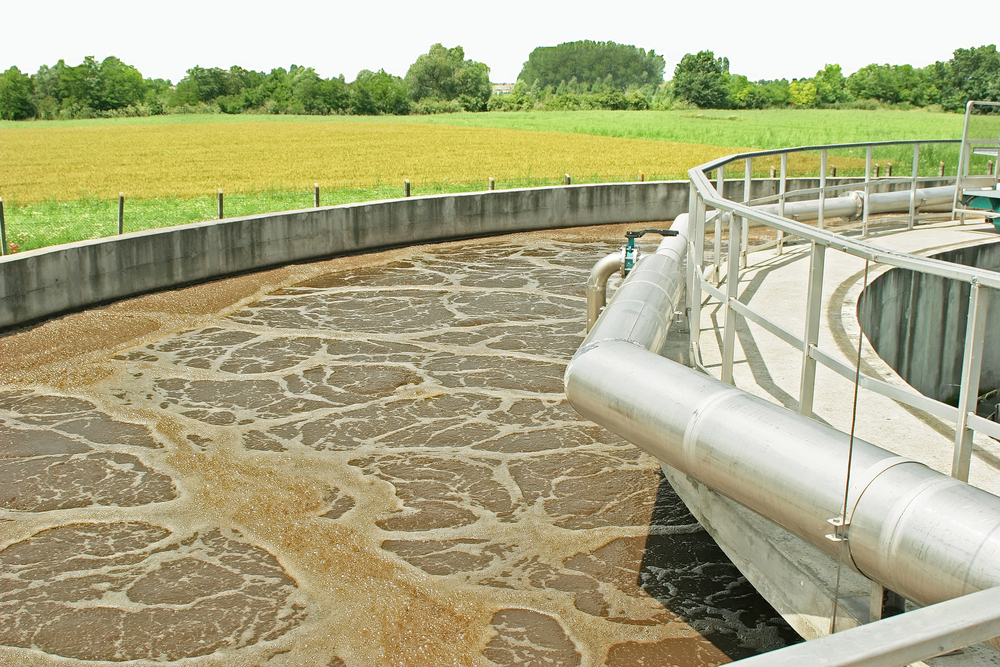
Edited by Shannon Hsieh, Publishing Associate: Editor, and Apurva Makashir, Vice President, Publishing at Save the Water™
Water pollution is mainly associated with industrial discharges or agricultural runoff. However, there exists another contributor: sewage sludge. Sewage sludge is a byproduct of wastewater treatment and pollutes rivers, soil, and even food supplies. Despite the negative consequences, there is an opportunity for its reuse. Countries like the USA and the UK are already successfully transforming sewage sludge into a valuable resource for the agricultural sector. This must be done carefully to balance the risk of pollution against the benefits of this resource.
Studies have revealed that PFAS (perfluoroalkyl and polyfluoroalkyl substances), microplastics, and heavy metals, among others, can be found in sewage sludge and fields. These contaminants have been detected in groundwater, rivers, agricultural soils, and consumer goods like non-stick cookware, waterproof clothing, and food packaging.
A recent study was conducted in 2025 in the U.S to analyze the presence of PFAS bordering 32 sewage sludge sites. This also involved wastewater treatment plants and fields. Furthermore, this type of study was done for the first time to test for PFAS around the country. The researchers tested rivers bordering these 32 sites and sampled water up- and downstream from the sites. They found that the sludge sites showed the presence of at least 1 PFAS compound 95% of the time downstream of the sample sites.
The highest concentrations were found in:
In the Rouge River, Detroit’s mammoth facility showed an increased spike in the PFAS levels from 146% to about 80ppt. Additionally, in southern California, the Pocotaligo, Haw, and Santa Ana Rivers showed a similar increase in the PFAS levels. Also, Dragoon Creek, near Spokane, Washington, showed the highest PFAS levels. The levels jumped from about 0.63 ppt to about 33ppt, an increase of over 5,100%.
The detected compounds were:
Sewage sludge is composed of organic matter and nutrients (nitrogen and phosphorus). Therefore, the byproducts can be used as fertilizers. They are applied to cropland as a low-cost fertilizer, also called biosolids. Once the biosolids (byproducts from wastewater treatment) are applied to crops, it is only a matter of time before toxins can enter the food chain. For example, some PFAS compounds do not break down in the environment and accumulate in plants and animals. Furthermore, food grown on such land may pose long-term health problems.
In the U.S., the Environmental Protection Agency (EPA) is reviewing sludge rules and considering the “polluter pays” principle. Additionally, in the U.K., the Environment Agency has issued warnings, but government action remains limited. Regulatory gaps allow companies to dispose of toxic waste without any control.
The impact of sewage sludge on the environment is significant and cannot be ignored. Current weak regulations do not completely address its widespread pollution and health risks. Therefore, governments must act quickly to strengthen monitoring, enforce stricter standards, and hold polluters accountable. Protecting water and soil means treating waste not as an afterthought, but as a public responsibility.